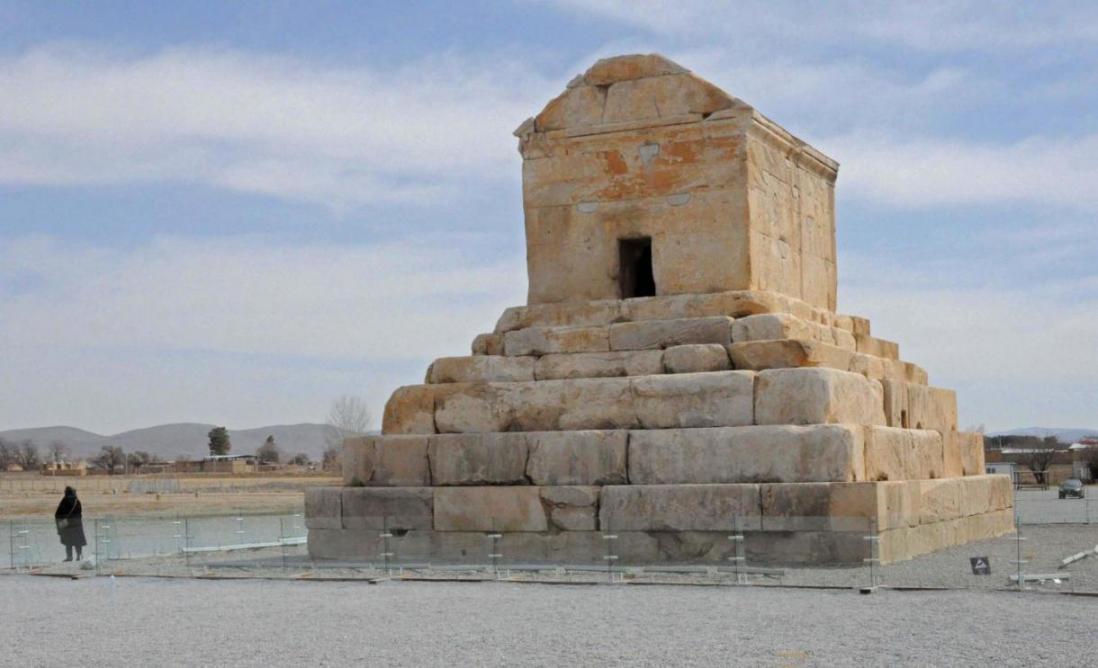Italian experts are helping with the construction of roofs above the gates leading to the two royal palaces in Pasargadae, a World Heritage Site located just outside of the historical city of Shiraz in Fars Province.
Pasargadae served as the Achaemenid Empire’s capital under Cyrus the Great in 6th century BC. The site, which also hosts the tomb of Cyrus, was designated a UNESCO World Heritage Site in 2004 during the World Heritage Committee’s 28th session in Suzhou, China.
The joint efforts started in spring 2015 (the first phase), and progressed through fall 2015 (the second phase), which resulted in the successful restoration of Cyrus’s tomb, a third of the sandstones which form the foundation of the citadel’s Great Hall and restoration of nine out of the citadel’s 30 columns, which had been severely eroded.
Speaking to Mehr News Agency, Hamid Fadaei, the heritage site’s manager, said Italian and Iranian experts have decided to put up roofs above the gates to protect the ancient structure against rainfall.
“The project should be completed sometime in autumn,” he said.
The earlier phases of the restoration project were funded by Fars Province. However, the current project, which is expected to need some 50,000 euro (approximately $56,000), will be financed by Iran’s Cultural Heritage, Handicrafts and Tourism Organization.
“Direct financing from Tehran will facilitate the restoration efforts,” Fadaei said.
There has been growing concern regarding the Sivand Dam filled in 2007. Its placement between both the ruins of Pasargadae and Persepolis has many archaeologists and Iranians worried that the dam will flood these UNESCO World Heritage sites, although scientists involved with the construction claim otherwise, for the sites sit above the planned waterline.
Of the two sites, Pasargadae is considered the most threatened. A broadly shared concern among archaeologists is the effect of the increased humidity caused by the lake. It is generally agreed that the humidity will negate efforts to keep the site safe from erosion.


